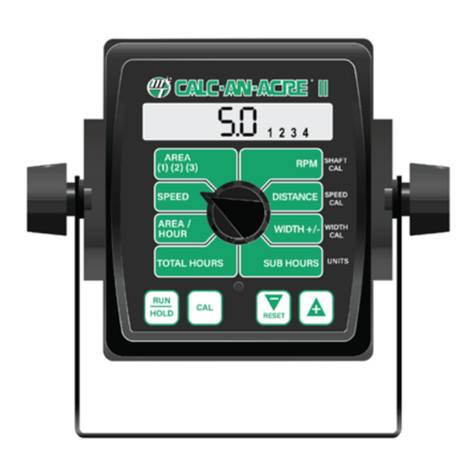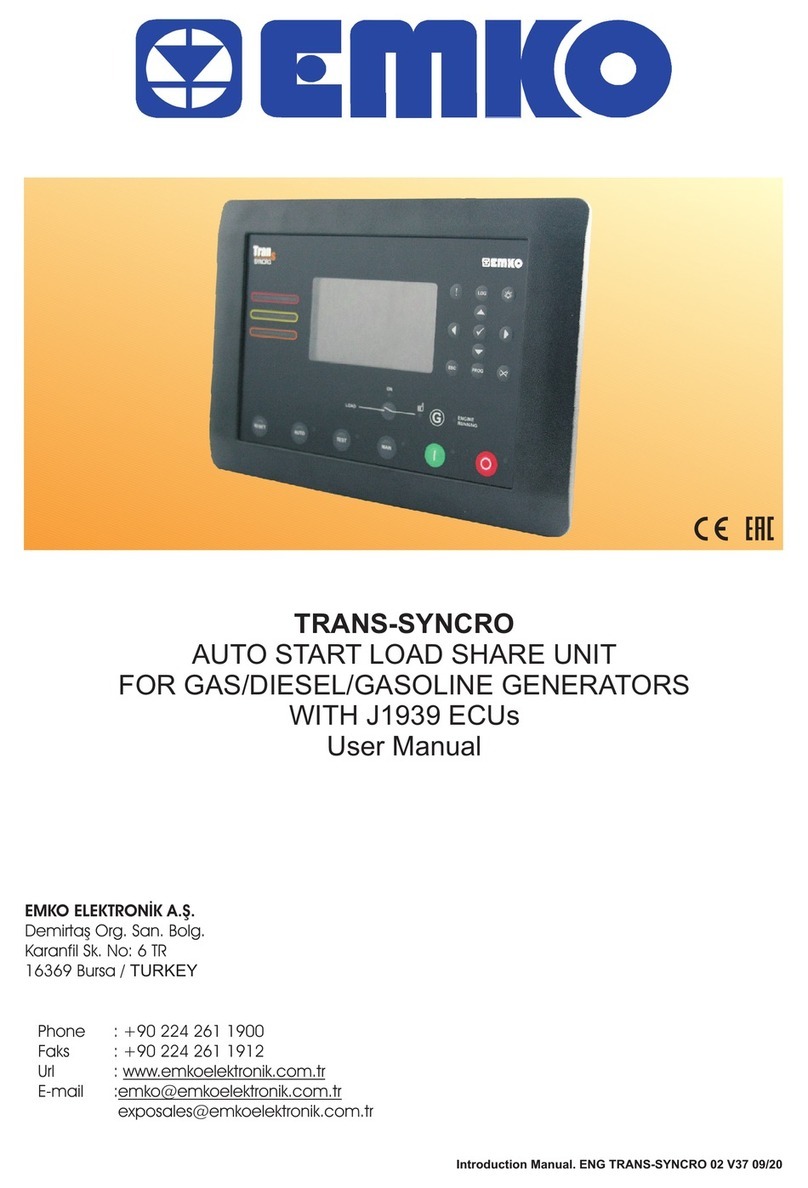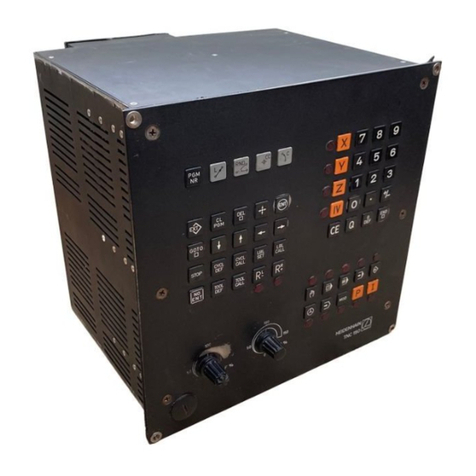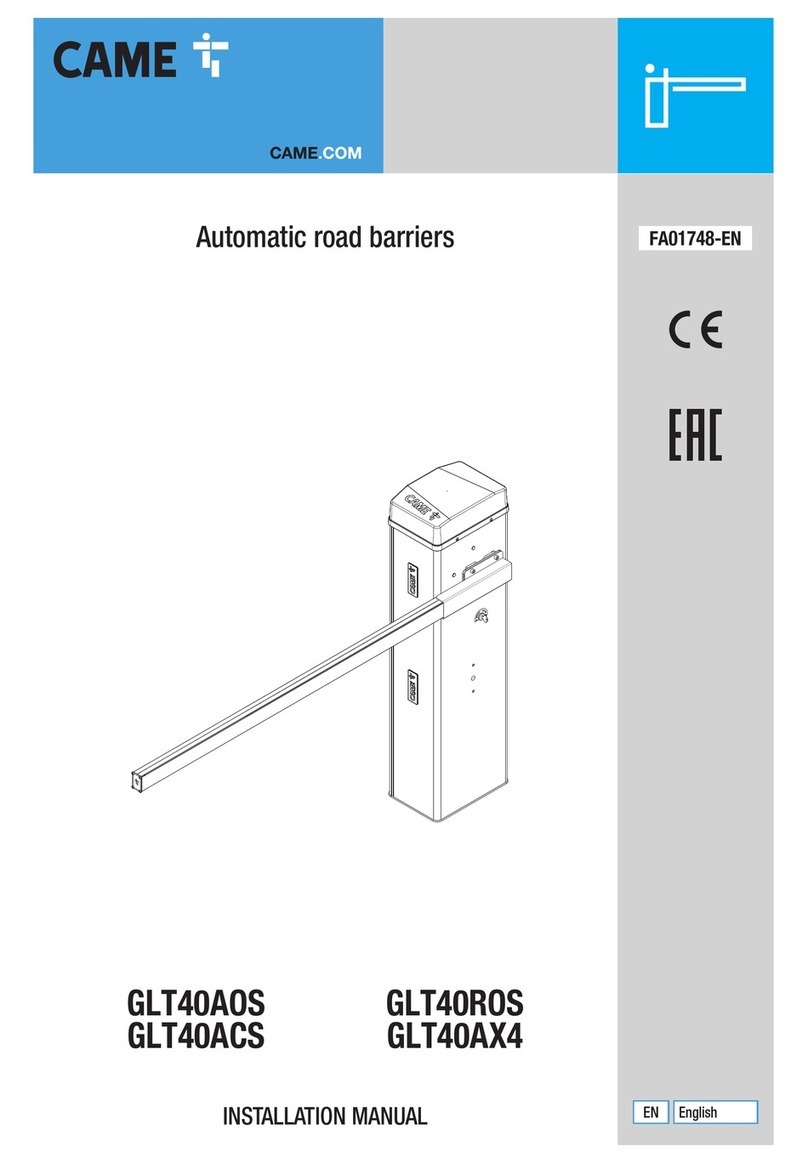2 ACCO NET SATEL
1. General
The ACCO NET access control system is designed for protection of buildings against access
by unauthorized persons. The ACCO NET system is made up of software and SATEL's
devices (access control panels, access control modules, expansion modules, keypads,
proximity card readers, etc.).
This manual covers installation of the software which enables configuration and then
management of the system (in version 1.5). It also describes the ACCO NET update
procedure as well as the method of transferring the databases to the updated system. The
system may include many objects with any number of access control panels. Communication
with the control panels takes place via the Ethernet network.
2. Software components
For the ACCO NET (version 1.5) system to operate, the Debian operating system is required.
Installation of the Debian 8 (“jessie”) system for the 64-bit PC (amd64) architecture is
described further in this manual, but if it has already been installed, you may skip this section.
The software necessary for proper operation of the system is offered as an installation
package which includes:
1. server environment software. It is not developed by the SATEL company (addresses of
websites on which licenses for each of the programs are available are given in
parentheses – as at September 2018):
– Apache (http://www.apache.org/licenses/LICENSE-2.0.html),
– PHP (http://php.net/license/3_01.txt),
– MySQL and JDBC MySQL (http://www.gnu.org/licenses/gpl-2.0.html),
– Java and JAVA SE (http://www.gnu.org/licenses/gpl-2.0.html),
– ModSecurity (http://www.apache.org/licenses/LICENSE-2.0.html),
– Fail2Ban (http://www.gnu.org/licenses/gpl-2.0.html),
– MariaDB (https://mariadb.com/kb/en/mariadb/mariadb-license/),
– Wildfly (http://www.gnu.org/licenses/old-licenses/lgpl-2.1.html).
Please remember to legalize the server environment required by the system.
If you have already installed these programs, you may skip installation thereof.
2. ACCO NET access control system firmware:
– ACCO Server – program enabling data exchange between the access control panels,
database, and the ACCO Soft and ACCO-WEB programs,
– ACCO DB – database to which all system related data are saved, including
configuration and events,
– ACCO-EE – JavaEE component providing map data,
– ACCO-WEB – application for remote management and operation of the system,
– ACCO-NT Conf – installation file for the network settings configuration program (for
more information on the program and how it should be used, refer to the ACCO-NT
control panel installation manual),
– ACCO Soft – installation file for the system configuration program,
– Map Editor – installation file for the object map creating program.
The system owner / administrator is obliged to carry out the diagnosis of errors,
ongoing supervision and backup of the program and database with the frequency




























